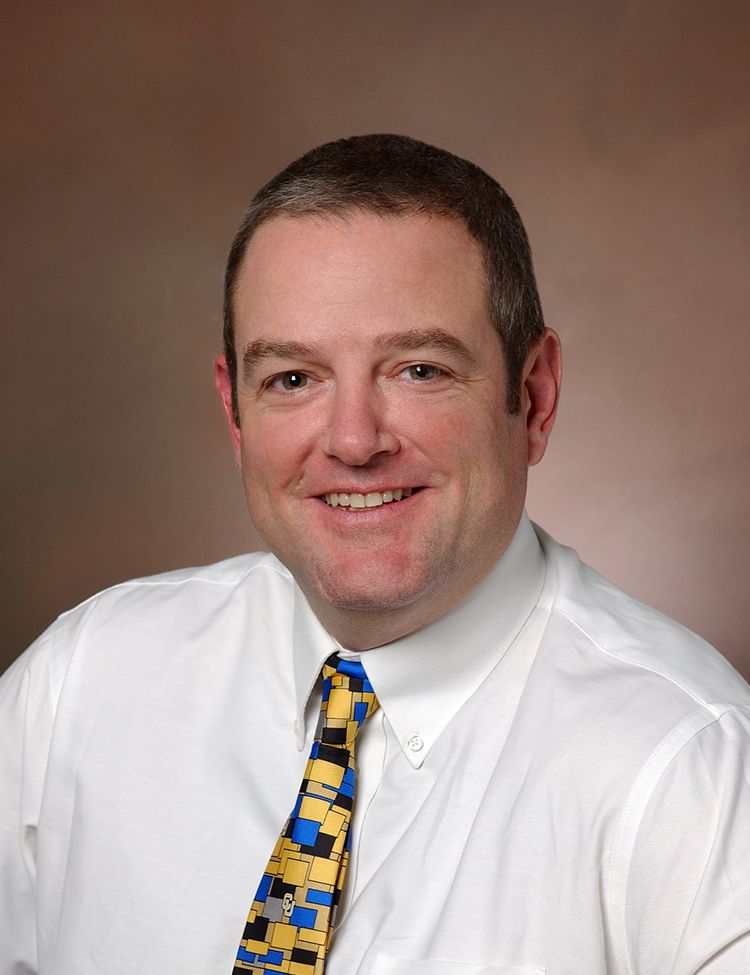Article
Growing Pains: Perspective on Burnout and Changing Expectations in Medicine
Author(s):
Dr. Gregory Weiss details how the expectations of clinicians, and cardiologists specifically, has changed since he began practicing.
Gregory Weiss, MD

Everything changes given enough time. Seventeen years ago, I applied and was accepted to medical school. Like most of the other physicians, I have known I started out with a deep desire to help people and improve their quality of life. The truth is that I was honored to have been selected and felt the weight of that responsibility immediately. For the next 4 years, I learned all I could and took more tests than I can count ultimately graduating and moving on to residency. As with any transition, expectations gave way to reality and then adaptation. Clinical medicine is no different.
From the beginning of residency to today I have found an almost constant need to adapt. A new physician believes that everyone is in it for the patients and that patients themselves are invested in the work we do. I remember the first months of training as an intern when I started to suspect that practicing medicine was more of a competition than collaboration. Having studied psychology as an undergraduate I guess I should have known that when humans interact anything can happen.
From the beginning, physicians practice careful collaboration. We are consumers of knowledge and collectors of skill sets that ultimately identify us as specialists and dictate the course of our careers. As uniform as medical education and training have become ultimately it is our experience in practice that shapes and changes our expectations.
The first thing I noticed when I began practice was how much I loved meeting so many new people. Physicians meet more individuals than nearly any other trade. I have spoken to literally tens of thousands of people from every corner of the world. While every patient I have cared for is unique they all came to me for help. Saying we ‘practice’ medicine is a perfect description of what we do.
Every day we learn something new witch either reinforces what we are doing or changes it. Being inflexible and resistant to new perspectives are the hallmarks of poor practice. I think it was during residency when I first realized that my belief that medicine is all about helping people had to change if I were to make it through.
Imagine for a moment being blindfolded and brought into a room with thirty complete strangers that you have work, eat, sleep, and learn with. That is residency. I couldn’t choose who I worked with and to say that everyone was a team player or even a good doctor would be a falsehood. I discovered that I was a consumer and that in order to be successful I would have to find opportunities to grow. I found that the patients were the only ones around without an agenda so I focused on how I could serve them the best.
After training, depending on their specialty, physicians have to find their niche. The first impression I had when I started was how nice it was to finally get paid for all the work I was doing. The second impression I had was that training made me ill-prepared for the business of medicine. All of a sudden there were DRGs and RVUs, a payor mix, and twenty administrators who knew nothing about practicing medicine telling me what to do.
While 80% of my job involved direct patient care it took overtime just to figure out how to keep my job and care for patients without the time or recourses necessary. The paradigm was, see more patients, make more diagnoses, spend less time, maximize billing. The problems with this philosophy are obvious. To make things worse the paradigm would change over the years and in contradictory terms.
At some point over the last 15 years, quality became the buzzword in medicine. Payors whether insurance companies or government agencies started to tie reimbursements to “quality” measures. Forms were filled out, surveys and phone calls to patients were made, and physicians started to be scored much like Olympic figure skaters. I got a score from each patient on a scale of one to five which were averaged among the hundreds of patients I would see each quarter. I was then provided with the average score and able to see the comments they made. While my scores were high, they were not perfect. However, reading through patient comments most of my poor scores had nothing to do with me. If a patient had trouble parking my score suffered. If a patient didn’t get as much pain medication as they wanted my score suffered. Needless to say, this wasn’t what I envisioned the practice of medicine would be like.
Today I am a combination of that honored to be chosen medical student and this physician trying to keep his job while helping as many people as I can. Today phrases like ‘physician burnout’ are frequently found in medical blogs and social media. Many of my colleagues have left practice altogether.
Cardiologists have to see dozens of patients a day and perform more and more procedures just to bill enough to earn a living.
Surgeons have to subspecialize or go out of business.
Primary care providers have to employ midlevel providers in order to see enough patients to stay open which leads to less time spent with each.
My perspective is that the business of medicine is at odds with the practice of medicine. The one thing that hasn’t changed is my love helping people. Would I do it again? I honestly don’t know and know many physicians who say no way. To spite some disillusionment, I know I’ll be there at the bedside again tomorrow ready to learn, adapt, and face change to the best of my ability.





